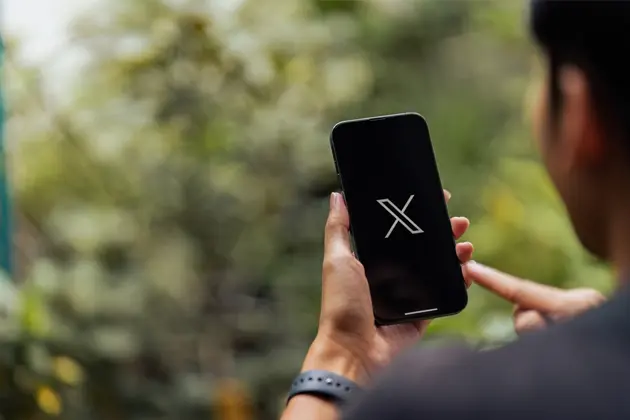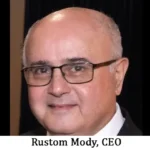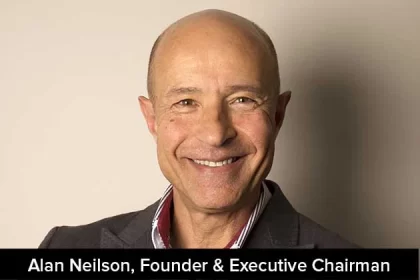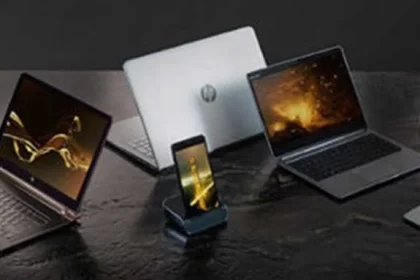Engagement is the lifeblood of any successful event. It’s not just about the number of attendees but the quality of interactions and connections made during and after the event. With social media being an integral part of our lives, platforms like Twitter offer a unique opportunity to enhance event visibility, build momentum, and drive meaningful conversations. In this guide, we’ll dive into how you can leverage Twitter to boost event engagement and gain traction before, during, and after your event.
Understanding Your Audience
Before launching your event on Twitter, it’s crucial to know who you are trying to reach. The key to success on any platform, including Twitter, is understanding your audience’s preferences, behaviors, and needs. Start by identifying your target demographics. Are you trying to reach young professionals, industry experts, or tech enthusiasts? Each group uses Twitter differently, so it’s important to tailor your content accordingly.
Growing your follower base is essential for building a strong foundation for your event promotion. While organic growth is always valuable, there are ways to get a free X followers boost to help give your event’s Twitter profile an initial lift. This can help generate early momentum and build credibility before you dive deeper into event engagement strategies.
Take advantage of Twitter analytics to study your audience’s behavior. By analyzing when they’re most active and what types of content they engage with, you can better tailor your messaging. Look for patterns in their interactions, such as the hashtags they follow or the influencers they engage with. The more you know about your audience, the better equipped you are to design a Twitter strategy that resonates with them.
Creating a Compelling Twitter Strategy
A well-defined strategy is essential to driving engagement on Twitter. Start by setting clear goals. Do you want to increase event attendance, foster live interactions, or build a long-term community around your brand? Each objective will shape how you use Twitter before, during, and after the event.
One of the most important components of your strategy is creating a unique event hashtag. A memorable hashtag is a simple but powerful way to enhance event branding, connect your attendees, and track conversations. Make sure your hashtag is short, catchy, and relevant to the event theme. It should be easy to remember and something attendees can use during the event to join the conversation.
Pre-Event Engagement
Creating buzz before the event is essential to building anticipation. Start engaging your audience by sharing teaser content. This could include countdowns to the event, sneak peeks of your speaker lineup, or behind-the-scenes footage of event preparations. You want to create a sense of excitement, making attendees feel like they’re getting exclusive insight.
Collaborating with influencers and event speakers is another powerful way to amplify your pre-event presence. Encourage these key figures to promote the event by sharing their involvement and generating discussion around key themes. Hosting Twitter chats or Q&A sessions with these influencers can be an interactive way to engage your audience early on. Not only does this help promote your event, but it also builds a community around it, making attendees feel involved before they even step through the door.
Another critical aspect of pre-event engagement is driving ticket sales and registrations. Use Twitter to create a sense of urgency, with posts that highlight early-bird discounts or exclusive offers. Offering limited-time incentives can drive sign-ups, especially when paired with engaging visuals and a compelling call-to-action.
Real-Time Engagement During the Event
The real magic of Twitter happens in real-time. As your event unfolds, live-tweeting key moments allows those not present to follow along, while also keeping attendees engaged. Share quotes, images, and videos from speakers, panel discussions, or key activities. This content provides value to both live and virtual attendees and helps extend the reach of your event far beyond the venue walls.
Encouraging attendee participation during the event is crucial. Get creative by hosting contests or giveaways on Twitter, where participants can enter by tweeting using your event hashtag. You could also run live polls, ask questions, or encourage attendees to share their thoughts on a particular session. Real-time interaction fosters a sense of community and makes the event feel more dynamic.
For those attending virtually, it’s essential to create an experience that feels just as immersive as being there in person. You can achieve this by live-streaming important sessions and using Twitter Spaces for live discussions. Twitter Spaces, the platform’s audio feature, can replicate the feeling of participating in live conversations, allowing remote attendees to engage with speakers or other participants.
Conclusion
Twitter is a powerful tool that, when used strategically, can significantly boost event engagement and help your event gain traction. By understanding your audience, creating a tailored Twitter strategy, and engaging in real-time conversations, you can enhance the overall experience for your attendees and build a lasting community around your brand. The key to success is staying authentic, providing value, and keeping the conversation going long after the event concludes.










